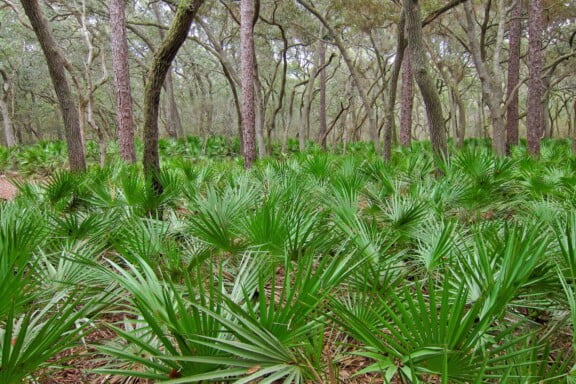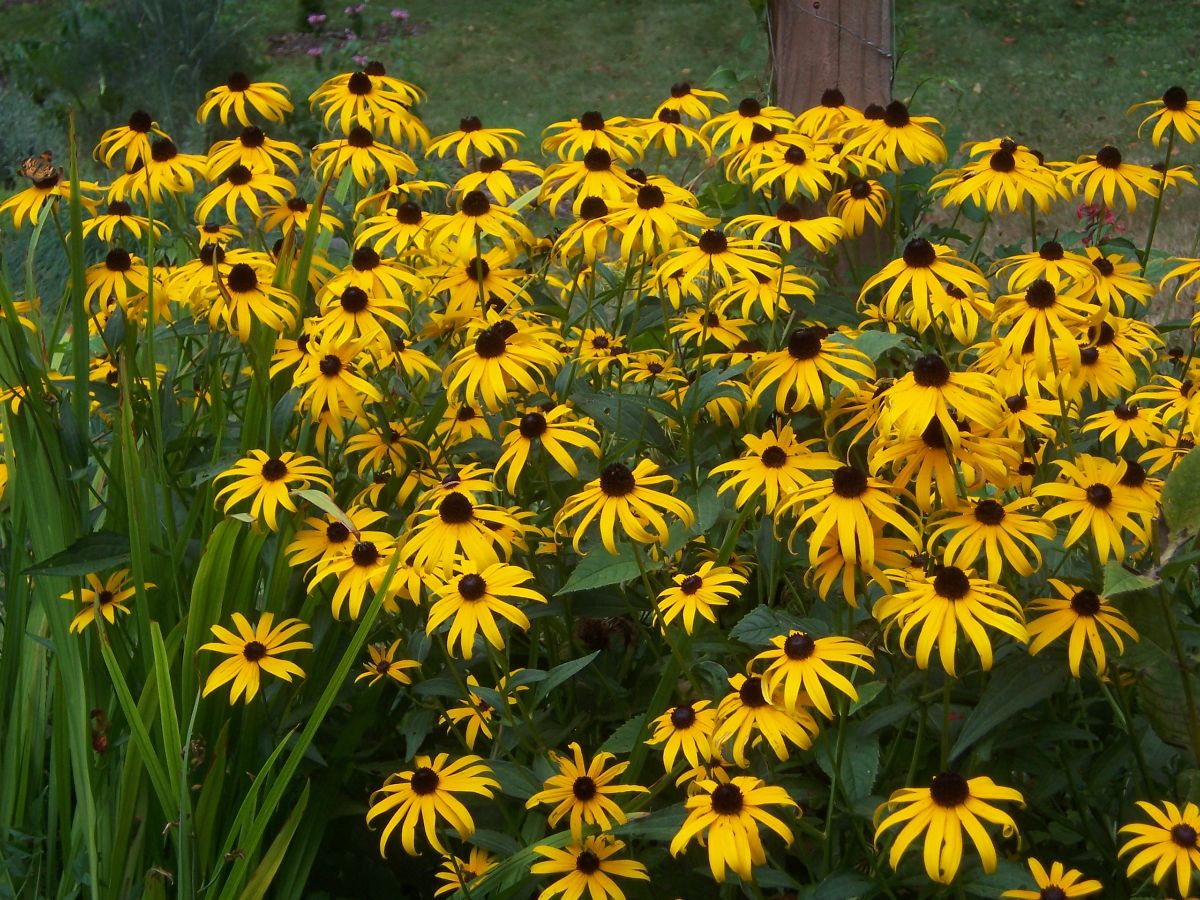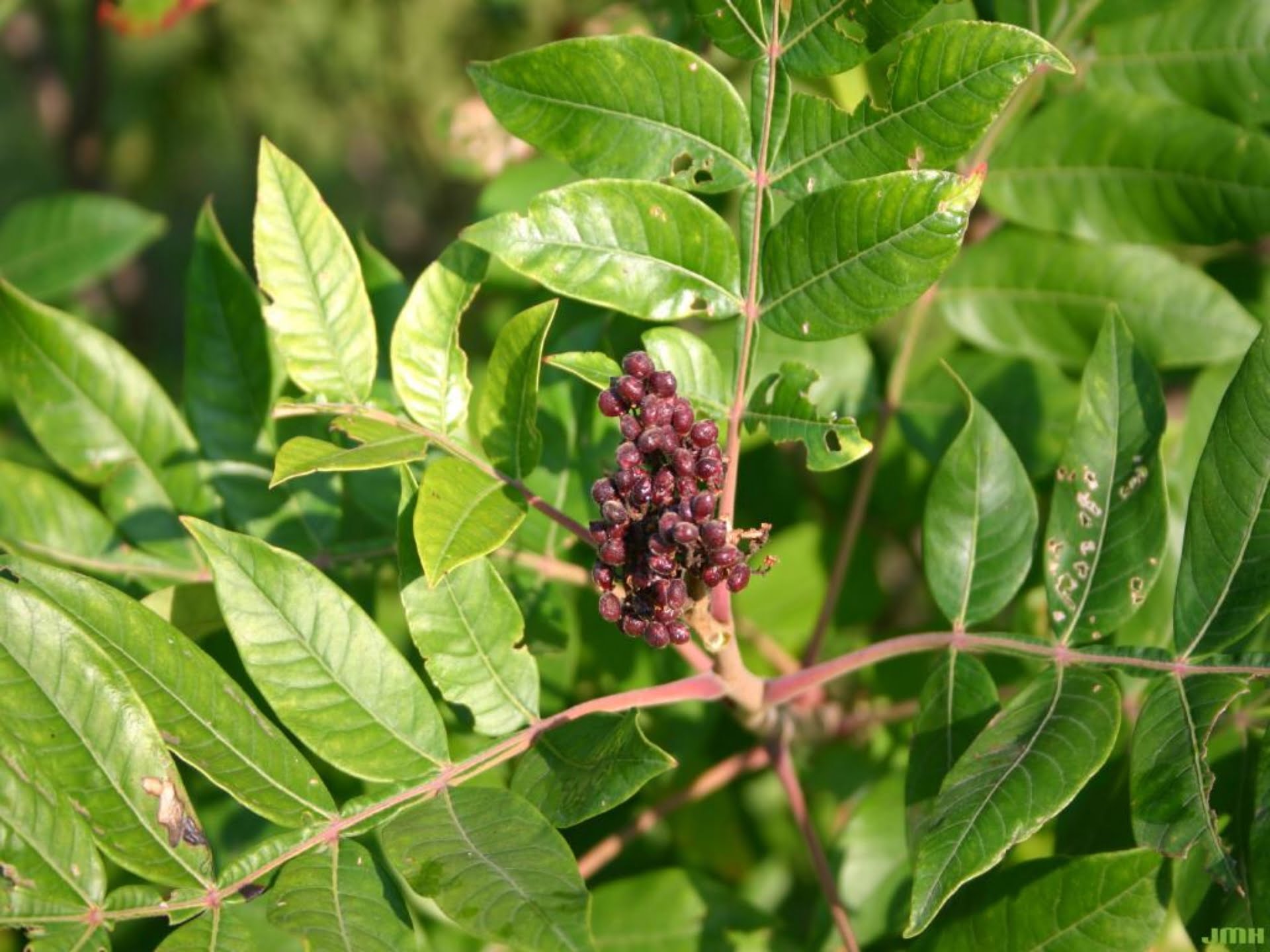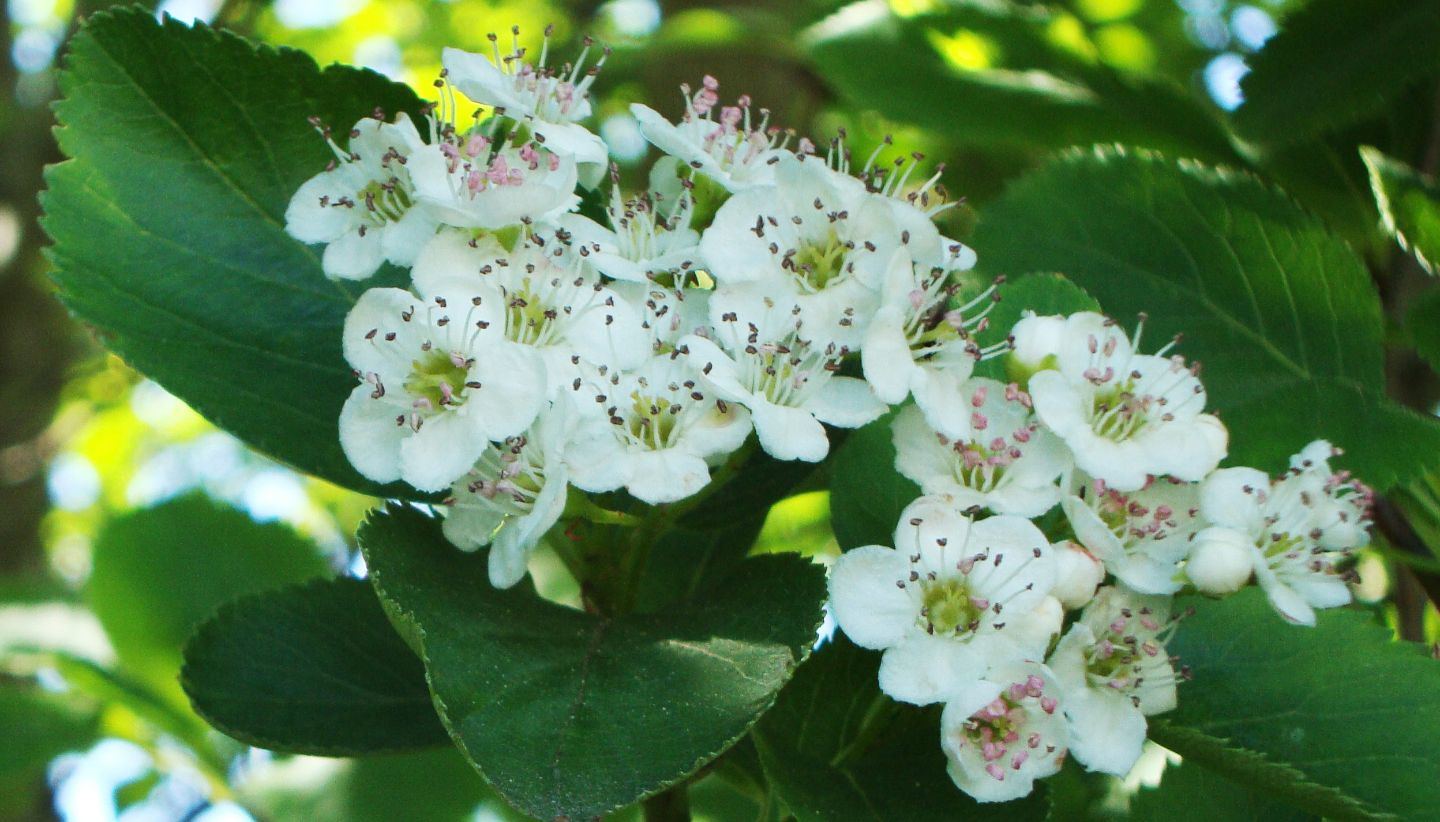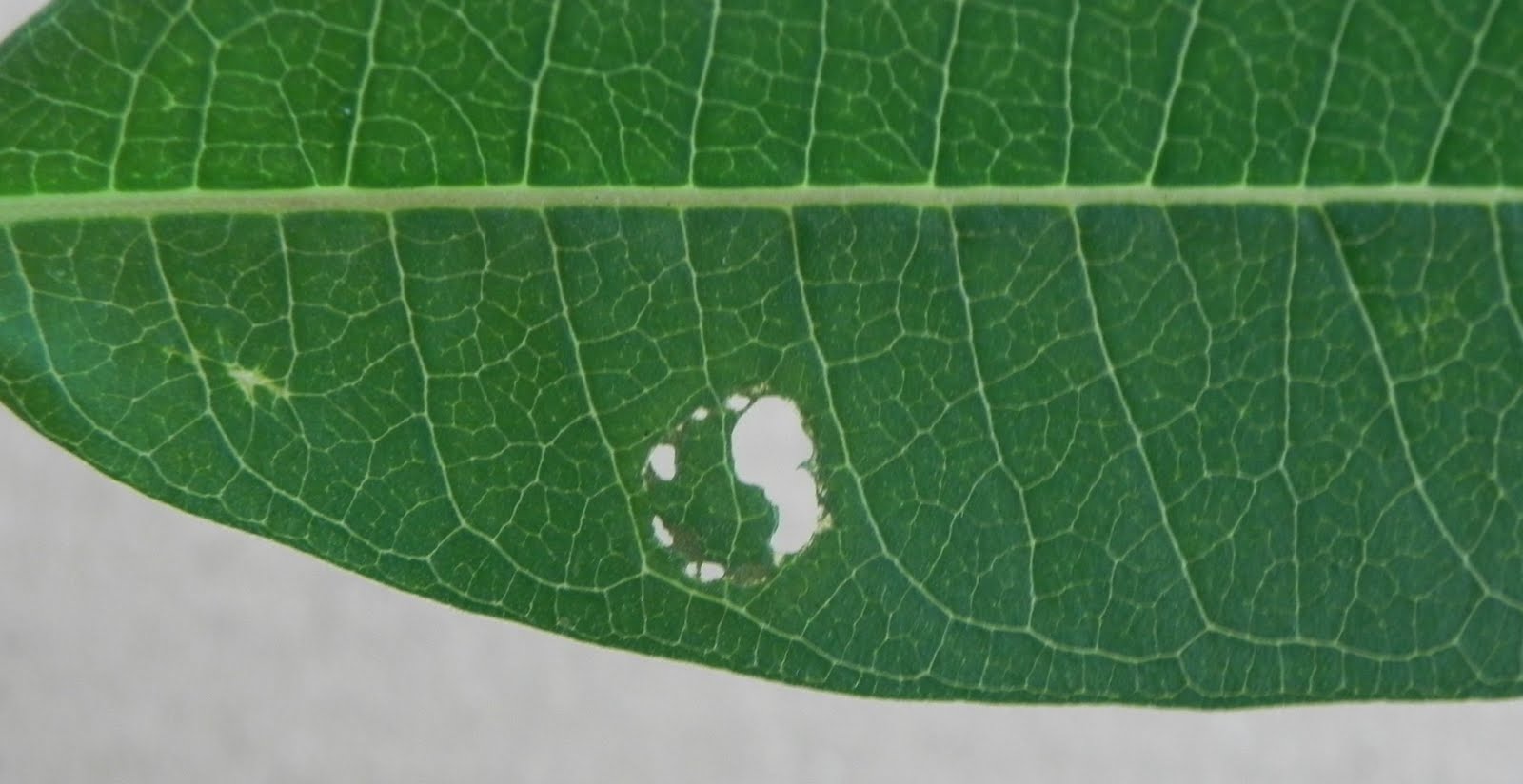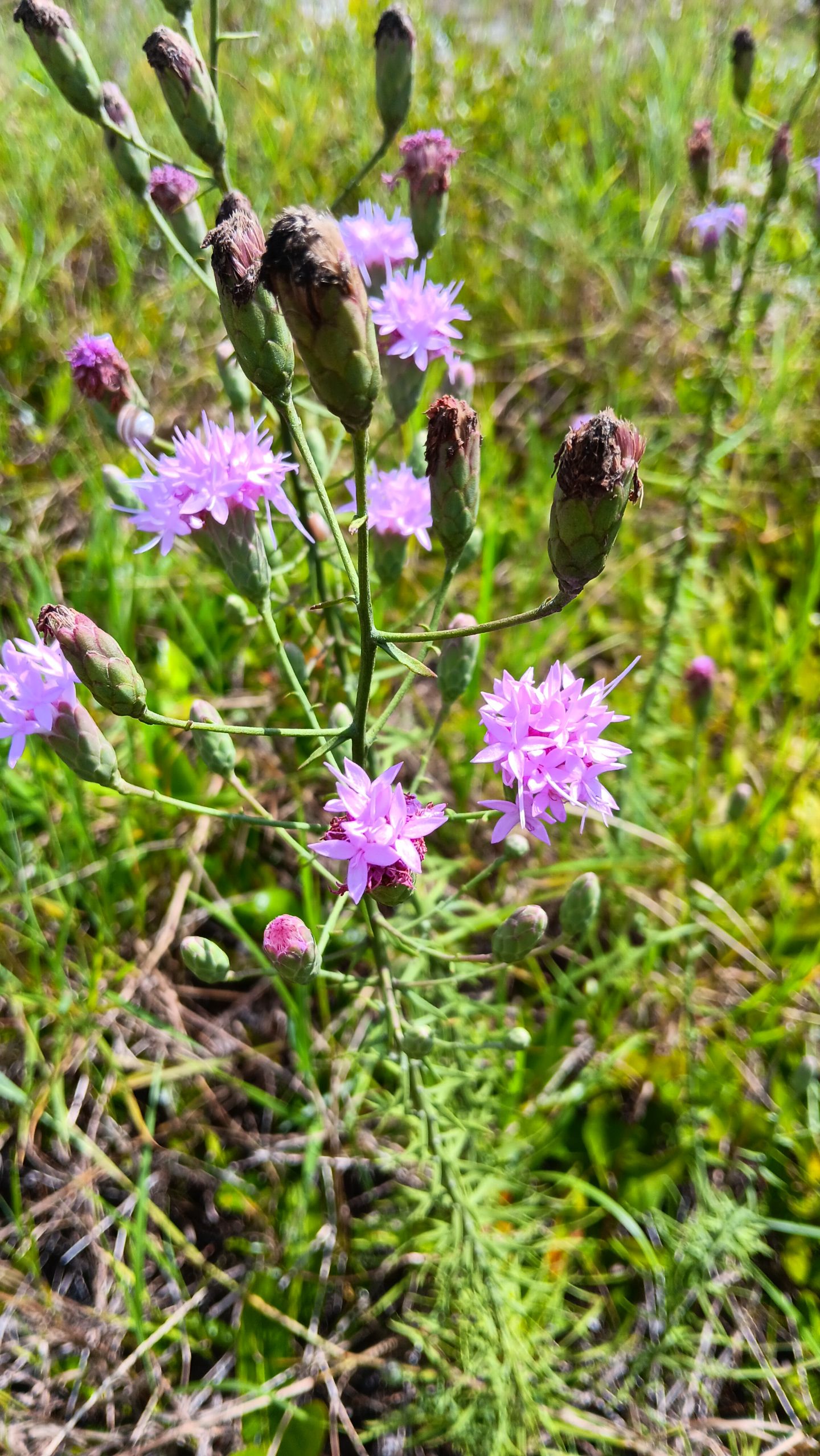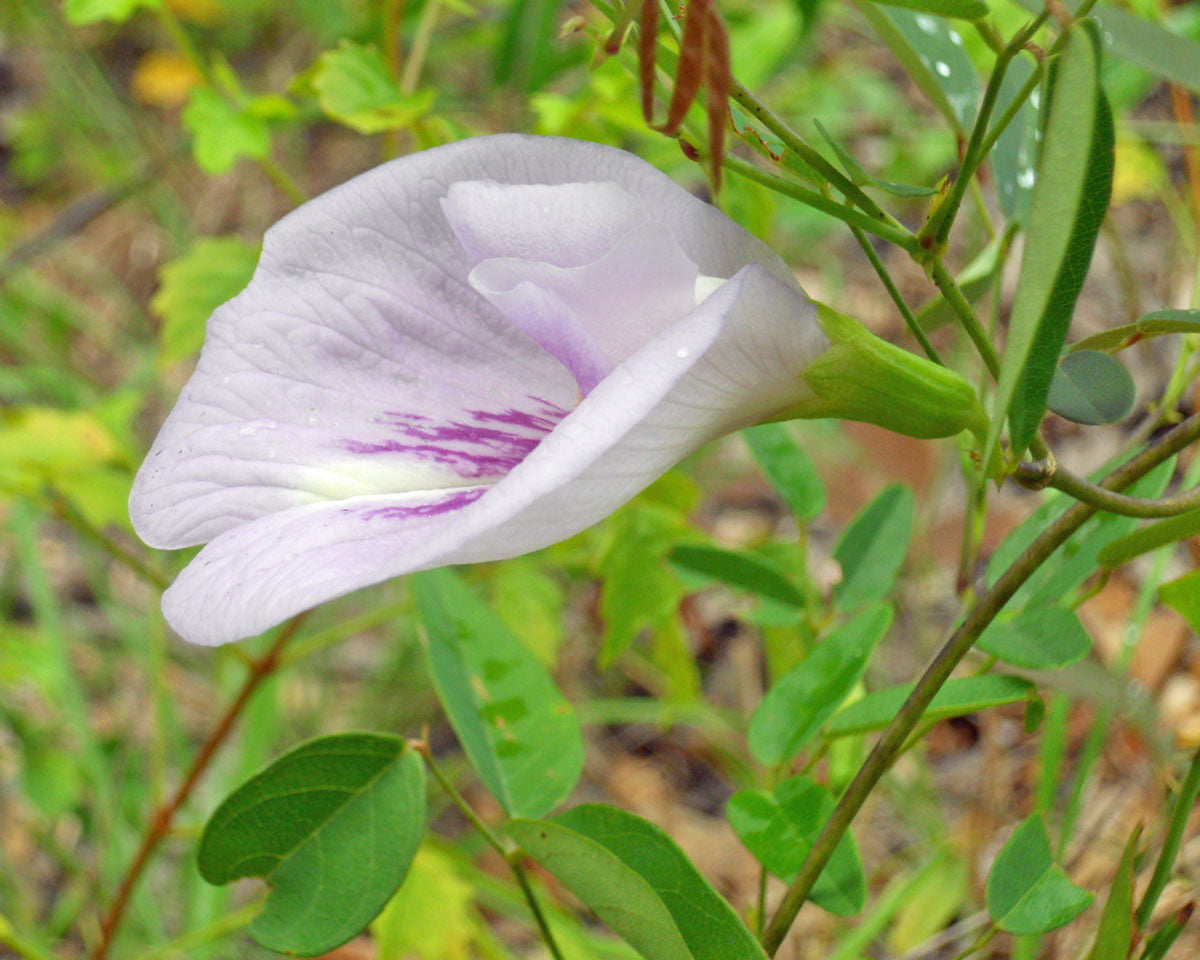Both species are resistant to a variety of environmental conditions, making them valuable for landscaping in their native regions. When trying to distinguish them in the wild or in cultivation, considering their habitat, leaf shape, and the length of the inflorescence can be helpful.
Gardening
Saw Palmetto (Serenoa repens): A Keystone Species of the U.S. Southeast
Saw Palmetto is emblematic of the intricate connections within ecosystems. Serving as a medicinal plant for humans, a food source for wildlife, and a home for various butterfly species, its importance can’t be overstated.
The Genus Rudbeckia: A Tale of Beauty, History, and Ecological Importance
The genus Rudbeckia, commonly known as coneflowers or black-eyed Susans, holds a special place in both the botanical world and American heritage.
The Ecological Importance of Winged Sumac: A Versatile Plant of the Southeastern U.S.
In this article, we’ll explore the native range of Shiny Sumac, its benefits to butterflies, pollinators, and other wildlife, and its unique attributes that make it an ecological powerhouse.
Germinating Crataegus Michauxii Seeds
This article attempts to assist the user in germinating Michaux’s Hawthorn seeds.
DIY Guide: How to Test Milkweed Plants for O.E. Using a 40X Student-Grade Microscope
In this DIY guide, Johnny walks you through the process of testing milkweed leaves for the presence of O.E. spores using just a 40X student-grade microscope.
The Scrub Blazing Star: A Dance of Mutualism with Butterflies
The Scrub Blazing Star, also known as Florida Gayfeather (Liatris ohlingerae), is an eye-catching perennial that adds a burst of color to Florida’s diverse landscapes.
The Sweet-Scented Pigeonwings (Clitoria fragrans) of Florida’s Lake Wales Ridge
The Sweet-Scented Pigeonwings is not just a beautiful addition to Florida’s Lake Wales Ridge; it’s a cornerstone species that contributes significantly to the ecological fabric of the region.
